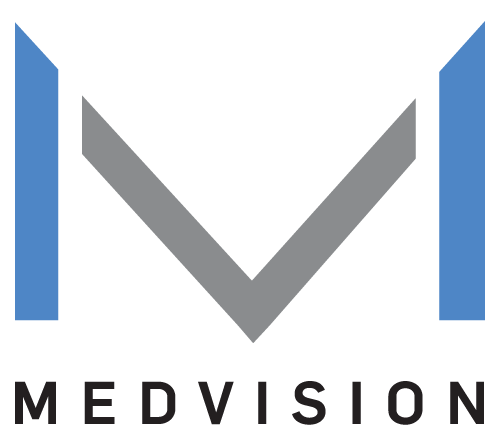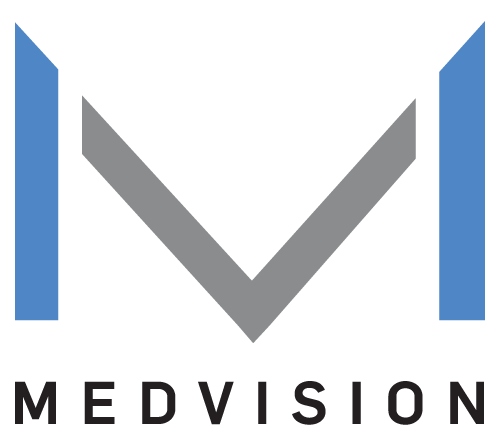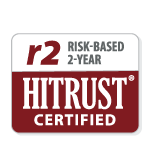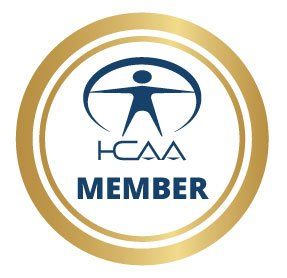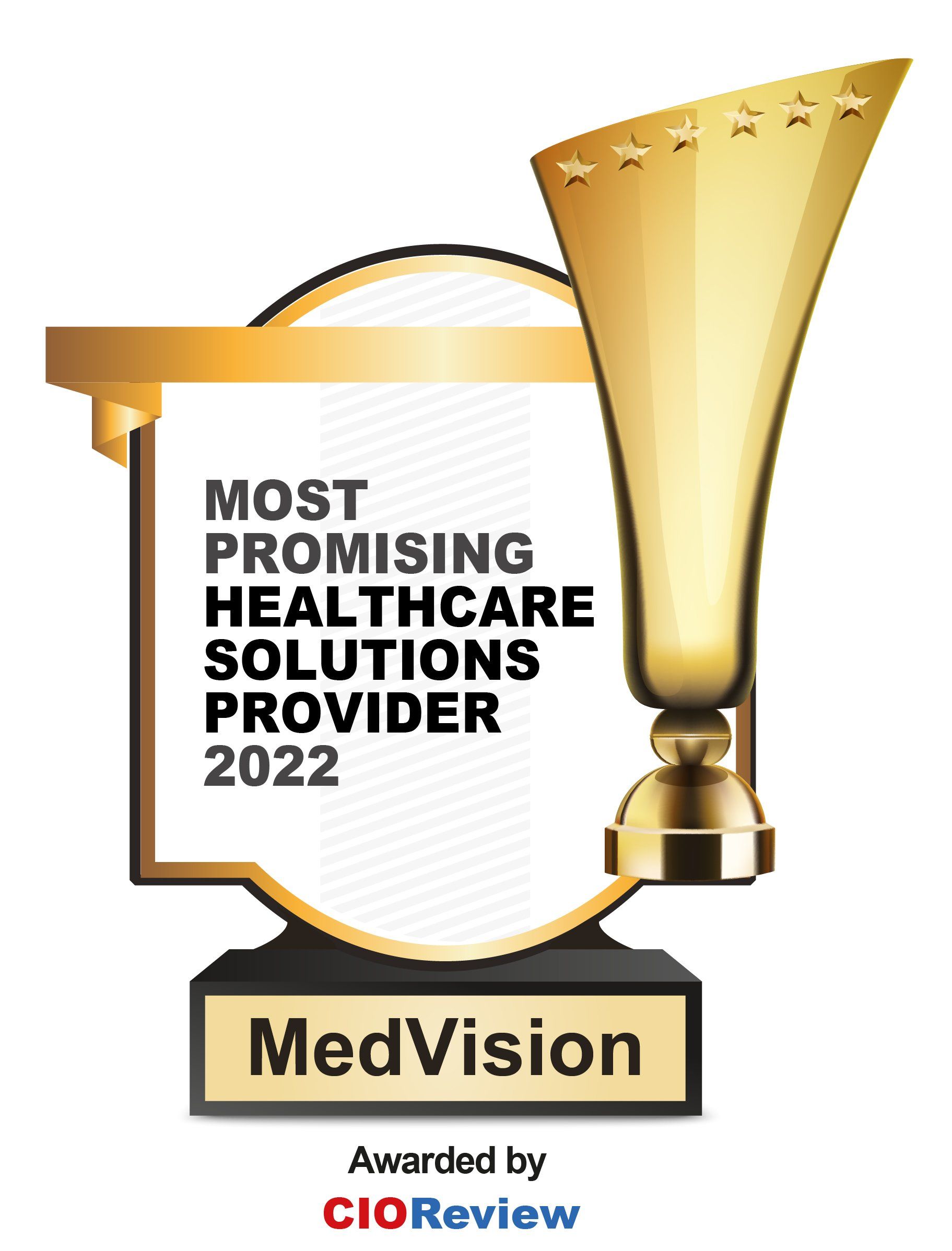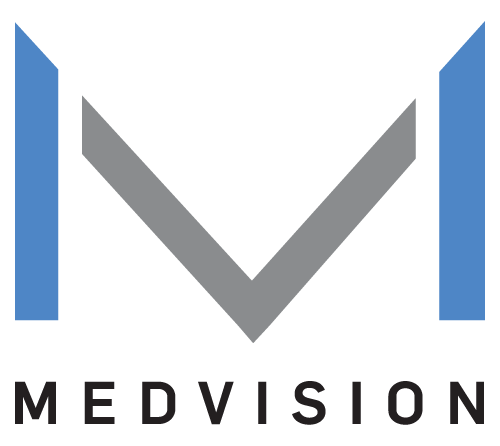ACOs: Ways to Effectively Track and Report Risk Adjustment
Accountable care organizations (ACOs) and businesses in a value-based payment model need to effectively stratify their high-risk patient population. After all, effective risk adjustment equates to better patient care, lower utilizations, and more income.
Today, you can find different types of programs, payment models, and risk measures that reward organizations that deliver a better quality of care. For example, a Merit-based Incentive Payment System (MIPS) allows physicians to earn payment adjustments through a points-based system. This means that physicians in MIPS are incentivized to earn more points that are heavily based on quality measurements, cost metrics, and risk adjustment.
Similarly, you can also find payment models like Quality Payment Program (QPP) that revolve around delivering better care quality to patients rather than providing more care. Finally, risk adjustment factor (RAF) scores, which are used by the Centers for Medicare and Medicaid Services (CMS) and insurance providers, allow organizations to estimate the medical costs of patients according to their score.
Risk Adjustment and Anticipating Future Costs
For ACOs, effective tracking and reporting are essential for anticipating future costs that arise from high-risk patient populations. Luckily, risk adjustment models like Hierarchical Condition Category (HCC) and Medical Risk Adjustment (MRA) allow organizations to oversee the health of their patient population through their patients’ risk scores. HCC helps organizations better understand the complex details of a patient to better measure the quality of care and the cost that a patient needs.
Through HCC, organizations can categorize certain diagnosis codes that merit a certain risk adjustment score. When you can effectively track, analyze, and report patient RAF scores, your organization can get better estimates on future costs from your patient population. Additionally, effective risk management leads to the following benefits:
- Effectively measure the quality and expense metrics of patients
- Positively impact reimbursements for healthcare organizations through cost predictions
- Make data-driven decisions that can improve your organization’s care delivery
How ACOs Can Effectively Manage Risk Adjustment
Risk adjustment allows ACOs to adjust Medicare or Medicaid capitation payments according to the diagnosis record of a patient. As a result, payments to insurers can be changed according to the expected costs of a patient’s care. Put simply, risk adjustment leads to accurate health plan payments for beneficiaries that have varying medical cost estimates.
To effectively adjust member payments to health plans, you need to accurately track the diagnosis codes on claims that are related to an HCC. After all, HCC coding allows you to effectively assign RAF scores to patients—scores that ultimately define the patient’s expected medical expenses.
If you want to have accurate risk adjustment payments, you need to step up your game and apply a few essential measures. Luckily, we have a few ways that can help you improve your operations and effectively report and track risk adjustment.
1. Implement Diagnosis Guidelines
If you want better control over your high-risk patient population, you need to start from the diagnosis level of care. A physician’s diagnosis can greatly impact the outcome of a patient’s annual membership payment. For example, diagnosing a patient with a disease that has a high HCC Risk Score means more member payments in the long run.
With a complex patient population, it’s natural for different providers to have varying diagnoses. However, with the right guidelines, you can minimize these discrepancies and ensure that your providers are on the same page. Additionally, you also want to make sure that your providers practice accurate diagnosis coding.
Here are some ways that you can ensure better diagnosis and HCC coding accuracy:
- Establish best practice guidelines that your physicians and clinicians can refer to
- Ensure that your providers focus on delivering an accurate diagnosis, rather than focusing on the scores
- Utilize workgroups that can guide and educate your network about the monetary value of diagnosis coding precision
- Train your staff to effectively utilize the systems that you have for reporting and compliance
- Emphasize the importance of accurate risk adjustment and its overall benefits
2. Find the Right Coding Staff
For accurate risk adjustment, you need to make sure that you have certified risk adjustment coders—who also need to be well-trained or experienced. Having a well-equipped team can be easier to maintain than having to start from scratch.
With the right staff, you can focus your resources on continuous training and reducing recurring coding errors. Here are some ways that you can improve your HCC coding accuracy:
- Find experienced or capable risk adjustment coders and train them intensively with your internal coding standards.
- Establish your standards like coding guidelines for ICD-10 codes and everything else related to risk management.
- Consider partnering with a service provider that has its own seasoned coders who can do your work for you.
- Look for business as a product service (BPaaS) providers that offer risk adjustment teams that are well versed in different types of health care plans.
- When outsourcing your coding process, make sure that your service provider stores your data in a secure system.
3. Rely on Advanced Technology
Large businesses are expected to process 60 percent of their business via computers by 2022 according to a World Economic Forum (WEF) report. Technology is the key to faster and more accurate data processing that’s essential for any organization. Primarily for risk adjustment, you need to make sure that you have a comprehensive healthcare solution that’s fully equipped with the tools that you need.
Today, you can find advanced management platforms like QuickCap 7 (QC7) tools that are specifically designed for the needs of ACOs, independent practitioner associations (IPAs), and similar organizations. Here are some of the things that you need to look for when upgrading to more advanced systems:
- Make sure you get a platform that has extensive data analytics and reporting features that you can use for risk management.
- Having a system with easy access to code guidelines are also very important for more accurate adjustments.
- It is also helpful to have a system that can automatically track the RAF scores of patients and high-risk populations.
- Automation tools and rule-based configurations can also help you set up a smoother workflow for your staff.
- Look for configurable alerts to help your staff easily identify high-risk patients and history of HCC diagnosis codes.
QuickCap’s Risk Tracking and Reporting Features
QC7 is a management platform that has the tools you need to streamline your workflow and enhance your risk management. As a management system that’s designed for ACOs, IPAs, managed service organizations, trading-partner organizations, and more, QC7 has comprehensive healthcare solutions that you can use for every aspect of your operations.
These are some QC7 features that you can use for risk adjustment and overall population health management:
- Reports and Analytics. As a centralized platform for your operations, QC7 allows you to store, process, and analyze all your business in one secure system.
- Track all essential information within any of your diverse workflow
- Easily manage your records by accessing built-in auditing and tracking tools
- Generate specific reports through various query building and search filter options
- Pinpoint essential risk adjustment data that you need to analyze and easily create reports for stakeholders
- Workflow Customization and Alerts. Utilize diverse built-in features to help support your staff towards more accurate risk adjustments.
- Set up member alerts to inform team members who are processing high-risk patients
- Easily access integrated guidelines, like ICD code guides, CPT code guides, and Milliman Care Guidelines (MCG)
- Upload your organizational guidelines and make them easily accessible for your teams
- User-Friendly Configurable Dashboards. Access workflow-specific dashboards that can help maximize your team’s productivity.
- Access the main dashboard where you can view essential business data with a click of a button
- View data reports through different charts and visualization options
- Customize what data you want to view in your dashboard so you can review them according to your preference
With QC7, you can finally get the tools you need to oversee and deliver accurate care for your patient population—and ultimately receive the right reimbursements for the value that you deliver.
Recently published articles
Keep in touch
Subscribe to get the latest update
Than you!
You have successfully subscribe to our blog updtes!
Please try again later
Trending topics
More news and events
Connected Healthcare
HITRUST Risk-Based 2-Year Certification Achiever
The Health Information Trust (HITRUST) is a standards organization dedicated to security, privacy, and risk management. They developed the HITRUST Common Security Framework (CSF), which assists organizations in maintaining a comprehensive and secure approach to HIPAA compliance and managing risks. HITRUST is widely recognized as the benchmark in data security and privacy.
Certified Member of HCAA
The Health Care Administrators Association is the nation's largest nonprofit trade association for third-party administrators, stop loss insurance carriers, managing general underwriters, audit firms, medical managers, technology organizations, pharmacy benefit managers, brokers/agents, human resource managers, and health care consultants. HCAA has spearheaded the change of self-funding for more than 35 years.
Share and post page directly to social media.
Ready to get started?
Call us @ 847 - 222 - 1006
LINKS
GET IN TOUCH
3233 N. Arlington Heights Rd.,
Suite 307, Arlington Heights, IL 60004
Phone:
847-222-1006
Fax: 847-222-1066
STAY INFORMED
Subscribe to our blog updates!
Blog Subscription
Than you!
You have successfully subscribe to our blog updates!
Oops, there was an error in sending your message. Please try again later
LINKS
GET IN TOUCH
3233 N. Arlington Heights Rd.,
Suite 307, Arlington Heights, IL 60004
Phone :
847-222-1006
Fax :
847-222-1066
STAY INFORMED
Subscribe to our blog updates!
Blog Subscription
Than you!
You have successfully subscribe to our blog updates!
Oops, there was an error in sending your message. Please try again later
Medvision | All Rights Reserved.
